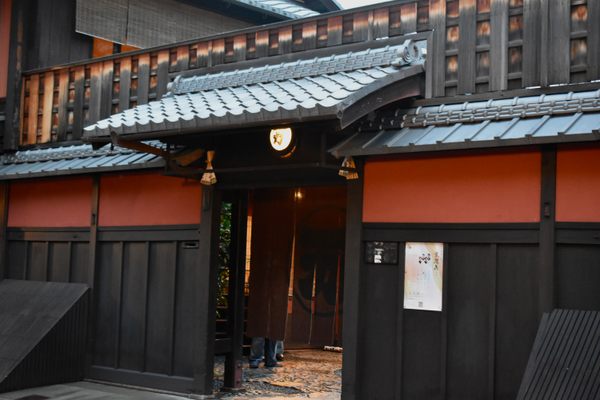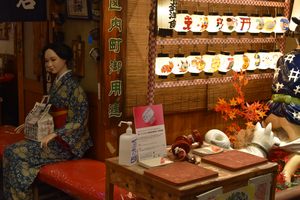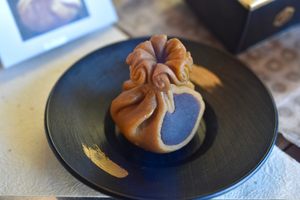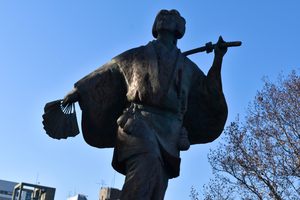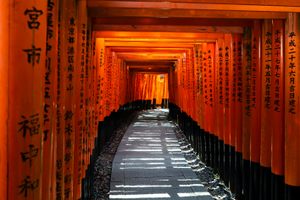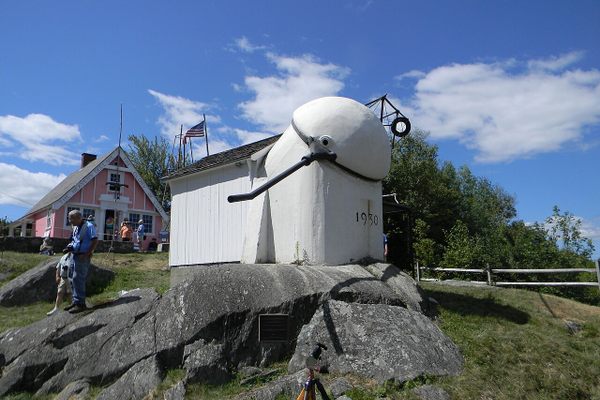About
The Gion district of Kyoto is a famed hanamachi—“flower town"—where numerous geisha establishments stand next to one another. Traditionally, the geishas of Kyoto entertain guests through dancing and conversation (or flirtation) at high-end restaurants called o-chaya, or "teahouses," the most notable of them being the exclusive, invitation-only club named Ichiriki.
Established in the late 17th century, the Ichiriki has been run by the Sugiura family since the beginning of the Gion district, counting fourteen generations by now. Before long, the teahouse earned a clientele of men of status and power. It played a notorious role in the Akō incident, the inspiration behind the story of Chūsingura, which is commonly referred to as the revenge of the 47 Rōnin.
The story goes like this: after their lord was forced to commit seppuku (ritual suicide), 47 samurai warriors who served him started to plan revenge. The leader of the band, Ōishi Kuranosuke, fled to Kyoto in an attempt to divert suspecting eyes in Edo (today Tokyo). He spent many nights at the Ichiriki, earning a reputation as a drunk gambler. When the suspicion was cleared, Kuranosuke returned to Edo and led his band in an attack on Lord Kira's residence. Revenge successfully executed, the band of rōnin was forced to commit seppuku shortly following the incident.
The name "Ichiriki" also has a relation to the 47 Rōnin. Originally, the establishment was called the Yorozu-ya (万屋), meaning "general store," and its entrance had a sign with 万 written on it. In the 1748 bunraku puppet play Kanadehon Chūshingura, it appeared as Ichiriki (一力), parodying the Yorozu-ya sign, perhaps to avoid comparison to its real-life counterpart. The play became a huge hit, however, and eventually the teahouse adopted the popular name.
Over the course of its history, access to the Ichiriki has been the height of exclusivity and luxury, and remains so. Many of its patrons have ties to the teahouse that can be traced back several generations, and it is said to be nearly impossible to join today. As is customary, the "teahouse" does not provide tea or food, perhaps except drinks served by the geisha.
For a brief period of a few nights in 2006, the Ichiriki and four other o-chaya offered general access to a small number of tourists without invitation or accompaniment of patrons. This was part of the Kyoto City Tourist Association’s special program, and the tickets—which were limited to 30 and cost ¥40,000—sold out quickly. While it is uncertain if such opportunity will arise again, it suggests that it is not impossible to visit the Ichiriki—only extremely difficult.
Related Tags
Hidden Japan: Sado Island, Nara & Kyoto
Explore a different side of Japan.
Book NowCommunity Contributors
Added By
Published
December 7, 2020




